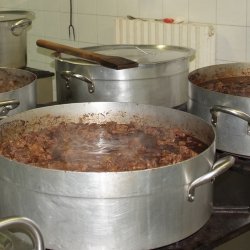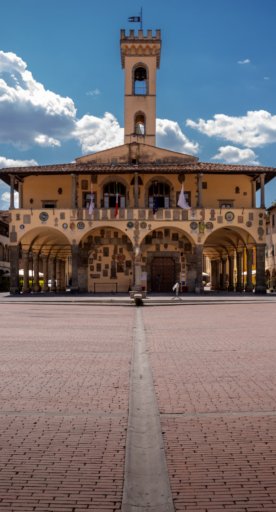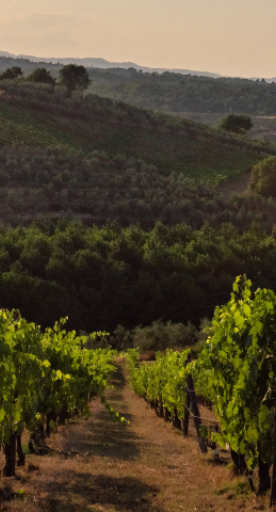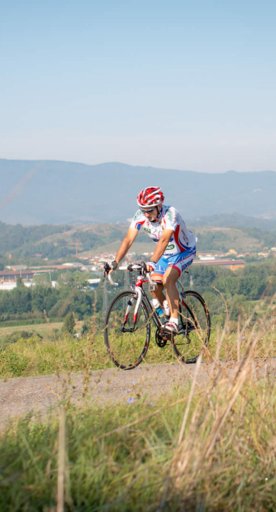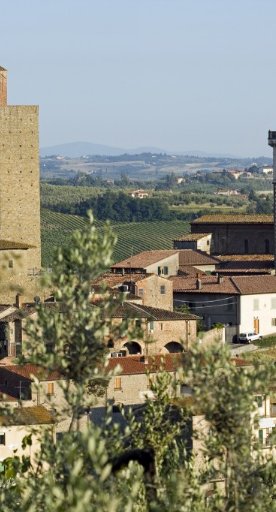Beginning a stroll in the city from the central piazza Cavour, you’ll pass by Palazzo d’Arnolfo, which gets its name from the fact that it was built by Arnolfo di Cambio. The building is striking thanks to its façade dotted with hundreds of coats of arms, but inside, there are also traces of the history and lives lived. This is where the recently-opened Museum of the New Lands can be found, established to introduce visitors to the phenomenon that led to the foundation of new towns. The exhibition centres on innovations in Tuscany, with special attention focusing on San Giovanni Valdarno, once known as Castel San Giovanni.
Casa Masaccio is also in the town’s historic centre, and is where the famous painter, a precursor to the Renaissance, lived in his youth. Like a cradle of creativity and skill, today the house has become a centre for contemporary art, not only hosting exhibitions but also organizing conferences, research opportunities and workshops.
Close by is the fascinating Basilica of Santa Maria delle Grazie, which with its facade overlooking the nearby palaces, seems to want to protect the piazza out front. The church dates back to the 1400s and its construction is linked to a plague-related miracle. It’s said that a grandmother, thanks to her prayers, was able to feed her grandson, whose parents had died. Inside the building, the Miracle of Monna Trancia is depicted in a fresco. Next door, the Museum of the Basilica conserves a collection of priceless paintings, including an Annunciation by Fra Angelico and works by Giovanni di Ser Giovanni, known as “Lo Scheggia,” that were located in the equally interesting 14th-century Church of San Lorenzo.







